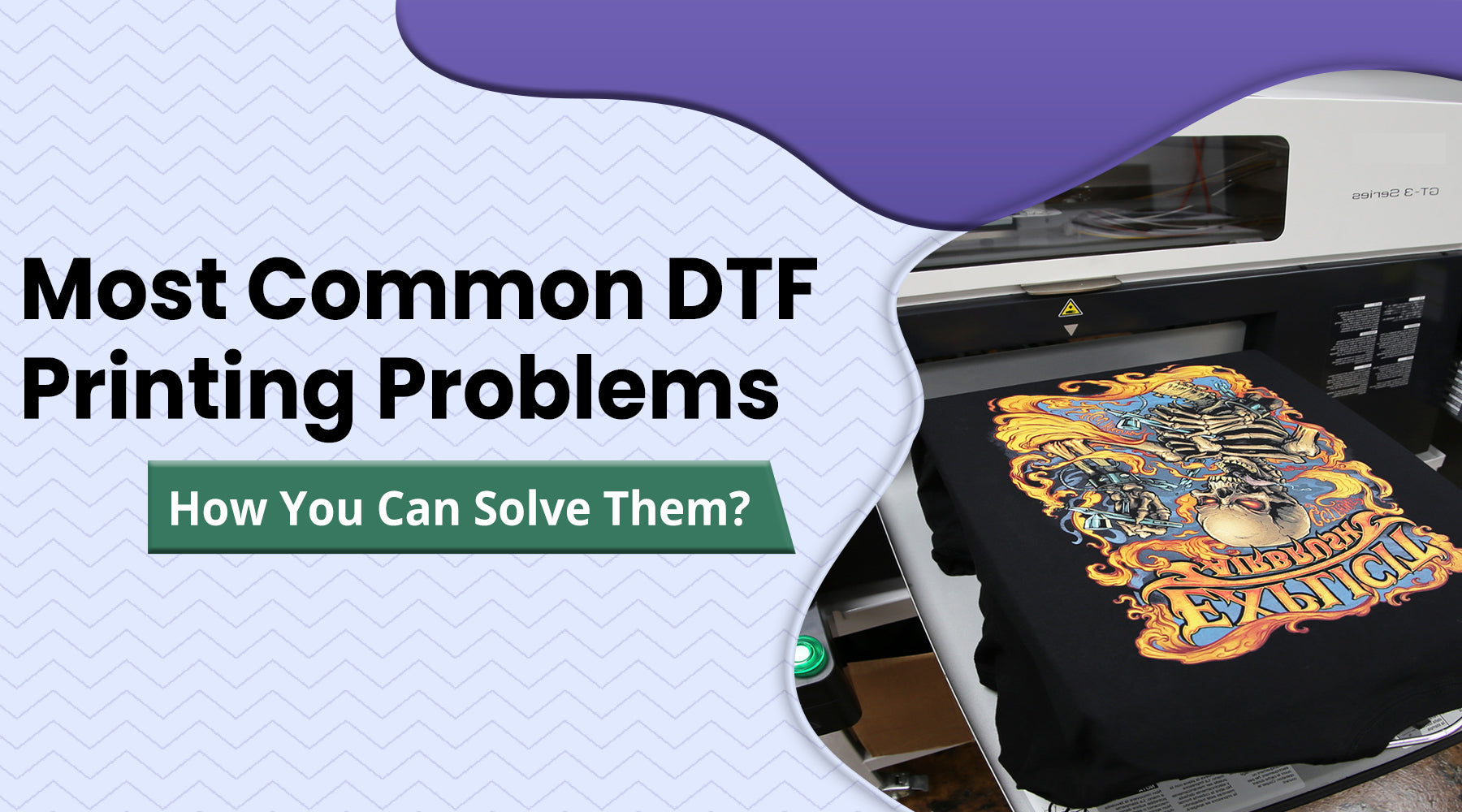DTF Printing Change: Letting Loose Imagination in Textile Layout and Manufacturing
DTF Printing Change: Letting Loose Imagination in Textile Layout and Manufacturing
Blog Article
The Future of Style: Discovering DTF Printing Innovation in the Fabric Industry
Among these developments, Direct to Movie (DTF) printing innovation has actually emerged as an appealing contender, offering unique capacities and opportunities for designers and suppliers alike. This advanced printing method has actually stimulated passion due to its possible to change traditional textile printing procedures.
Evolution of Fabric Printing
From the ancient worlds using techniques like block printing to the electronic change of today, textile printing has actually continually pressed boundaries. As the craft spread to various other components of the world, brand-new methods such as screen printing and roller printing emerged during the Industrial Change, changing the fabric market.
The intro of digital textile printing in the late 20th century noted a substantial change towards more sustainable and versatile printing methods. The evolution of textile printing showcases an abundant background of imagination, resourcefulness, and technical progression in the world of fashion and style.
Benefits of DTF Modern Technology
With the development of textile printing strategies from old methods like block printing to contemporary developments such as electronic printing, the intro of Direct-to-Fabric (DTF) technology has actually significantly improved the effectiveness and sustainability of textile printing procedures. One of the main benefits of DTF technology is its capability to directly print layouts onto textile without the requirement for transfer documents, which reduces waste and streamlines the production process. Furthermore, DTF printing permits better shade vibrancy and detail accuracy contrasted to typical methods, allowing fabric producers to develop top notch and complex styles effortlessly.
In addition, DTF innovation is known for its adaptability, as it can be made use of on numerous sorts of fabrics, consisting of all-natural fibers like cotton, woollen, and silk, along with artificial products such as polyester and nylon (DTF Printing). This versatility opens a variety of opportunities for designers and suppliers to explore different textures and products, bring about more unique and innovative products in the garment industry. In general, the application of DTF innovation represents a substantial improvement in fabric printing, providing countless advantages that add to the future sustainability and creative thinking of the industry
Sustainability in vogue Manufacturing
Highlighting environmentally friendly methods is vital in contemporary fashion manufacturing, straightening with the expanding consumer demand for lasting items. In recent times, the garment industry has actually faced increasing analysis due to its significant environmental effect, including extreme water use, chemical contamination, and fabric waste. As a reaction, numerous style brand names are now integrating lasting methods right into their production procedures to decrease injury to the setting.
Sustainability in fashion manufacturing encompasses various elements, such as utilizing organic and recycled materials, decreasing energy usage, implementing moral labor techniques, and promoting transparency throughout the supply chain. In addition, developments in technology, like DTF printing, deal chances to additionally boost sustainability in fabric manufacturing. This technology allows exact printing on textiles, minimizing ink wastefulness and water use contrasted to standard printing approaches.
Layout Freedom and Modification

Moreover, DTF printing promotes personalization on a scale formerly unattainable, permitting for personalized clothes and unique pieces tailored to private preferences. Overall, DTF printing innovation changes the style landscape in the fabric market, using countless possibilities for imaginative expression and individualized fashion.
Impact on Supply Chain & Market Trends
DTF printing innovation in the textile industry is reshaping supply chain characteristics and affecting market fads via its effectiveness and personalization blog capacities. By allowing on-demand printing and eliminating the requirement for big supplies, DTF technology improves the supply chain procedure.
In addition, the customization capacity of DTF printing innovation is reinventing the market fads in the textile industry. As a result, DTF innovation is driving a shift in the direction of find out more customer-centric and innovative strategies within the textile sector, shaping the future of fashion.

Conclusion
In verdict, DTF printing modern technology is reinventing the fabric sector by supplying numerous advantages such as style customization, freedom, and sustainability. This innovative technology is improving the future of style manufacturing, impacting supply chains, and driving market patterns towards much more reliable and environmentally friendly techniques. As the market remains to progress, DTF printing will play an essential duty fit the means fabrics are generated and consumed in the years to find.
From the ancient human beings making use of techniques like block printing to the digital transformation of today, fabric printing has consistently pressed limits. As the craft spread to other parts of the globe, brand-new methods such as screen printing and roller printing emerged throughout the Industrial Change, reinventing the textile sector.
The intro of electronic fabric printing in the late 20th century noted a significant change towards more click to read more versatile and sustainable printing methods.With the development of fabric printing techniques from ancient approaches like block printing to modern developments such as digital printing, the intro of Direct-to-Fabric (DTF) modern technology has actually significantly improved the effectiveness and sustainability of textile printing processes (DTF Printing).In reaction to the vital change towards sustainability in fashion production, the adoption of ingenious innovations like DTF printing not only addresses ecological issues however likewise opens up opportunities for exceptional style liberty and personalization in the fabric industry
Report this page